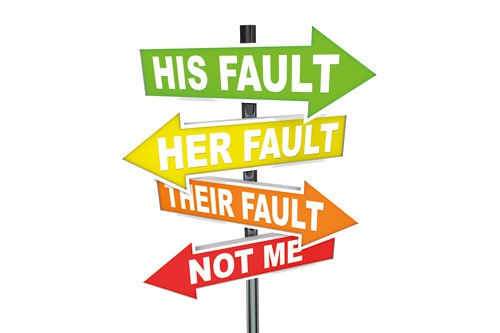
You’re reading this in early October and the EpiPen saga is still raging on this side of the pond. And the next egregious drug-pricing headline is yet to come. But like Valeant and Martin Shkreli before it, the EpiPen narrative teaches us some important lessons.
Firstly, upper limits on innovator and generic drug prices need to be enshrined into legislation. Period. No ‘drug pricing panels’ as Hillary Clinton has proposed. No ‘you-can’t-raise-the-price-of-your-drug-more-than-10%’ or whatever the number is without justifying the price increase to some senate judiciary committee. And, for goodness sake, no CEO blogs making empty promises and rueing the decline of the ‘social contract’ (thanks anyway, Brent Saunders). And no trying to reclassify widely-used drugs like EpiPen as preventative medicines that eliminate out-of-pocket costs for families but simply shift costs to insurers and the federal government.
It’s incredibly simple. Here’s the law: no manufacturer is entitled to raise the price of any therapy (generic or innovator) in any given calendar year more than the inflation rate or the consumer price index for that same year (take your pick). Done. Yes, I know the lobby groups will be up in arms. Some politicians will lose some votes. PhRMA will trot out the usual sound bites. Big deal. There’s your price control.
And here’s another lesson: we need something simple for people to understand when discussing drug prices. You’ve heard of the Big Mac index? Well, I’ve preached about the need for a Band-Aid index for years now, as a starting point to understanding the direct costs of various baskets of healthcare goods and services, such as the cost of: a chest x-ray, 12 months of statin therapy, cataract surgery in a public hospital, a pressure ulcer, an ambulance transport, the salary of a full time hospital pharmacist, etc, etc, etc. You get the idea. We can toss in any goods and services and compare them year-on-year intra- or inter-jurisdictionally. The point is that we need something that we can easily understand and monitor. We need a tool that acts like a thermometer and informs us when the prices are getting ‘hot’. And herein lies another hidden lesson around this whole debacle: how do these companies get away with these price increases for years and years without anyone noticing? Isn’t there someone sitting in some office somewhere with at least an excel spreadsheet keeping track of this? Can’t we just create an easy ‘national drug price database’ with the price of the vast majority of drugs (and devices) charged/reimbursed by Medicare or Medicaid or private insurance. It doesn’t have to be perfect (and it won’t be), but it will be a start. I mean, I can go to the Open Payments system right now and download an entire data set pertaining to which company paid which doctor how much to speak on which product. Why can’t someone go to an ‘open’ database and type in the name of any drug and have a chart displaying the change in price for that drug over time? What’s so hard about that?
We can’t just control price increases – we need to control starting prices as well
And you’re thinking that this whole idea about enshrining price increases into law is fine for existing drugs but what about some sort of price control mechanism that prevents drugs from pricing themselves at six figure price tags right out of the gate? After all, it’s great to limit price increases but we need to pay attention to the starting price. If the starting point is €100,000 for a treatment, does a 7% price increase versus a 12% price increase matter? If you can’t afford €112,000, chances are that you can’t afford €107,000 either. So here’s the third thing we need to do: establish a starting price formula for new therapies. You say you have a third generation atypical antipsychotic for the treatment of schizophrenia? Great. That new diabetes medication? Fantastic. You can only price it for the first two years at (for example) double the cost of the standard of care therapy. And after that, you can increase your price by pre-established thresholds until patent expiration. I don’t know the exact formula. And there probably needs to be a different formula for different classes of drugs. But it’s a start. And, more importantly, it’s an acknowledgement of the fact that pricing needs to be controlled in an ‘end-to-end’ fashion. This is to say that we can’t just control price increases. We need to control starting prices as well.
Kill innovation you say? There goes drug development and bench research? I wouldn’t bet the house on that. There’s no evidence that I have seen which suggests that any of the price controls that have been implemented in the past have resulted in a meaningful reduction in bench research or drug development.
It’s time to get serious about drug pricing if that’s what we really want to do. But pretending we’re getting anywhere with cosmetic changes and endless discourse is insulting to our collective intelligence.





